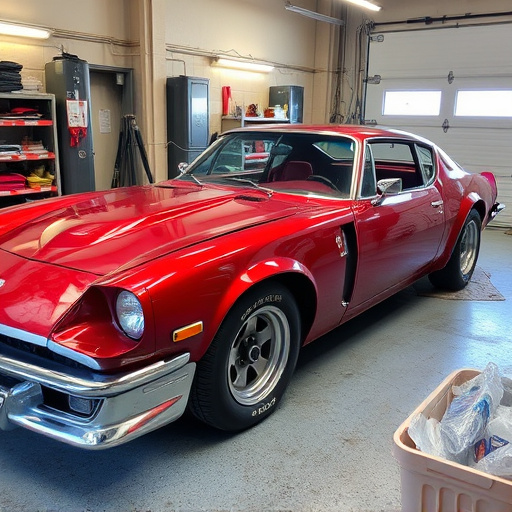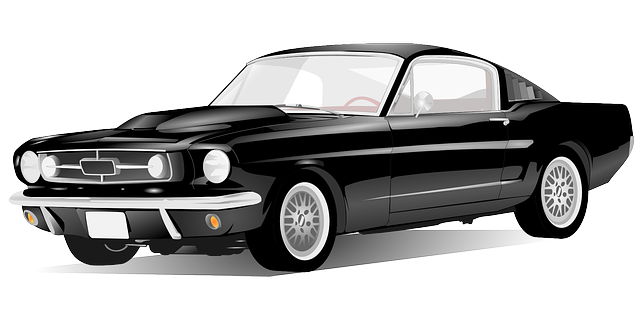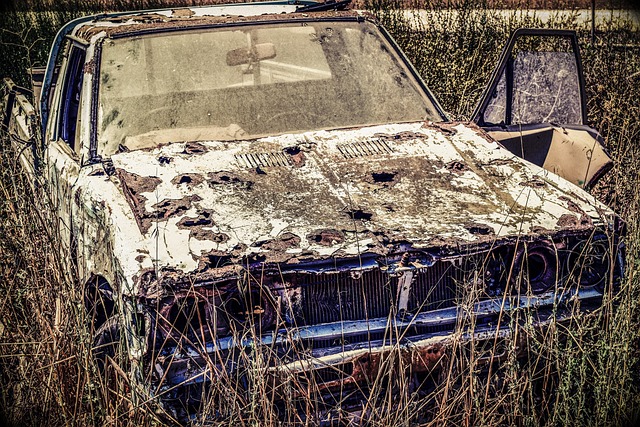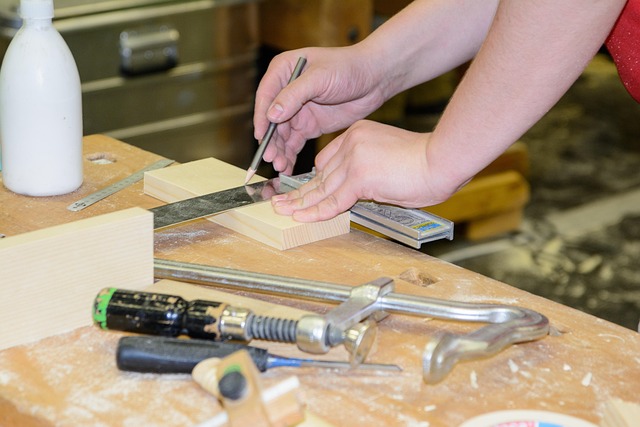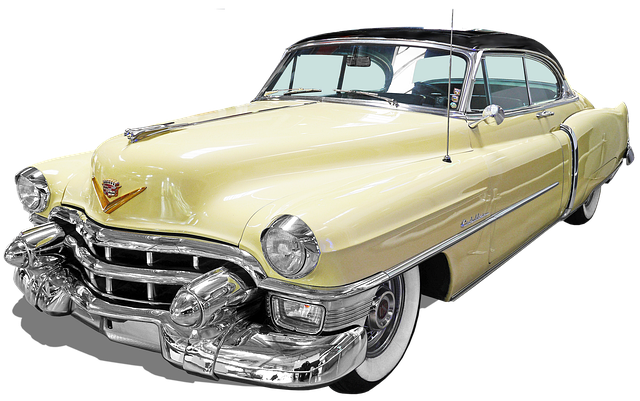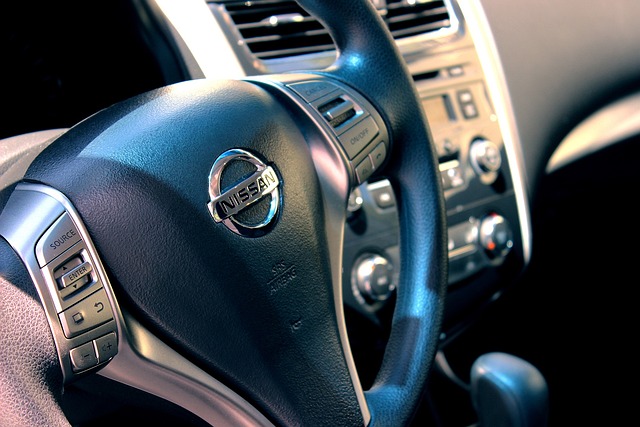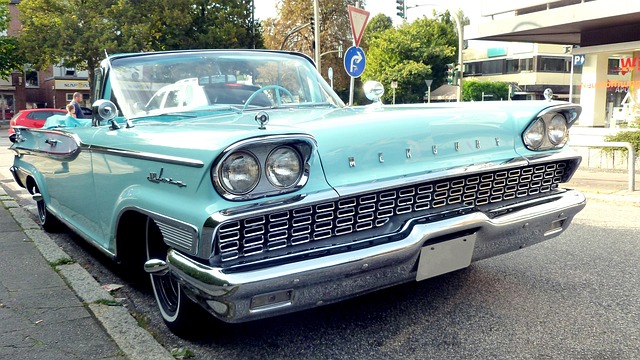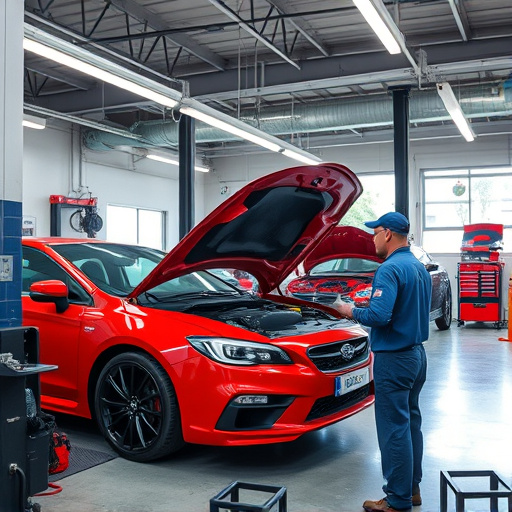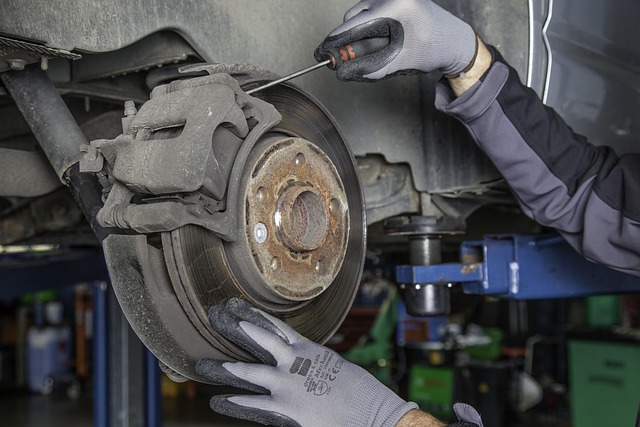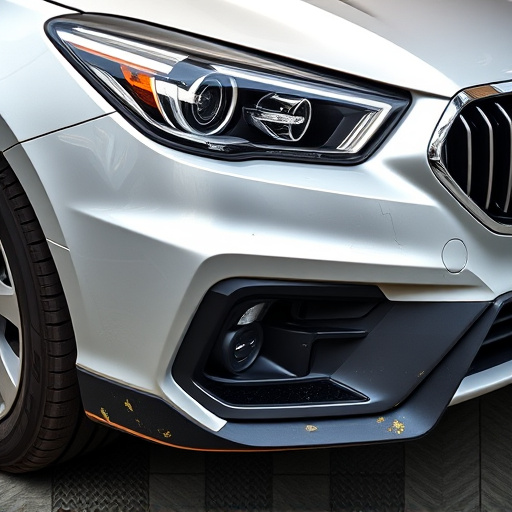Before attempting any vehicle dent fixing, assemble a suitable kit with essential tools like pry bars, sandpaper, gloves, and a respirator mask. For more advanced repairs, consider heat guns and paint matching kits. Alternatively, DIY auto dent repair and paintless dent repair (PDR) kits provide accessible solutions for beginners and minor dents.
“Uncover the art of vehicle dent fixing with our comprehensive, step-by-step guide tailored for beginners. From gathering the essential tools like dent repair kits, putty, and paint to assessing damage (shallow, deep, complex) and preparing your car’s surface, we break down the process. Learn to apply putty, dry and cure, sand, refine, and touch up with paint to match your vehicle’s original color. Master these techniques and say goodbye to unsightly dents.”
- Gathering Tools and Materials
- – List of essential tools needed for dent fixing
- – Types of dent repair kits available
Gathering Tools and Materials
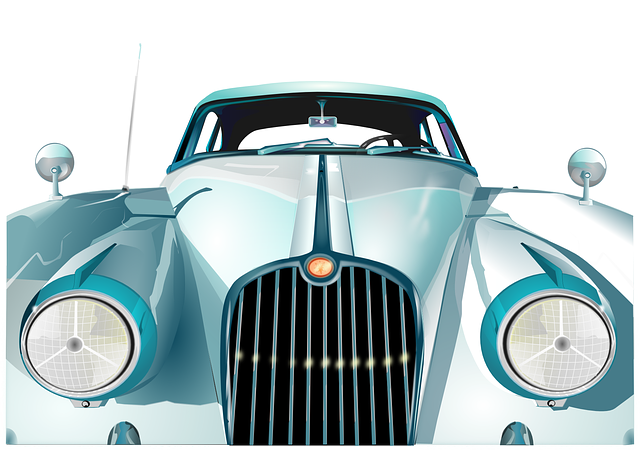
Before tackling any vehicle dent fixing, it’s essential to gather the right tools and materials for the job. For beginners, a basic kit should include a set of metal detaching tools like pry bars or dent pullers, which are designed to gently lift out dents from the car’s surface without damaging the paintwork. Additionally, you’ll need a good quality putty knife for applying filler, as well as various sandpaper grades for smoothing and refining the repair area.
Don’t forget the importance of protective gear: gloves, safety glasses, and a respirator mask to shield yourself from debris and chemicals. For more extensive repairs or deeper dents, you might require a heat gun to warm up the metal before removing the dent, as well as a paint matching kit for vehicle paint repair, ensuring your car’s bodywork retains its original finish. Professional-grade car repair services often use these tools, making them accessible for enthusiasts looking to master vehicle dent fixing techniques.
– List of essential tools needed for dent fixing
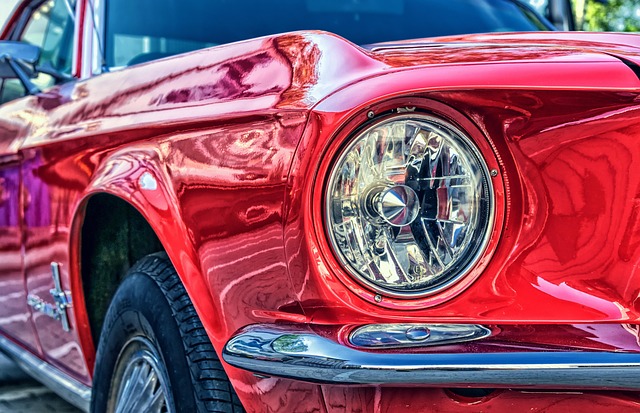
Before attempting any vehicle dent fixing, ensure you have all the necessary tools at your disposal. For beginners, a basic set should include a hair dryer, damp cloth, metal polish, and a putty knife. The hair dryer is crucial for warming up the dented area, making it easier to manipulate. A damp cloth helps in cleaning any residue after removal of the dent, while metal polish enhances the final finish. The putty knife is an indispensable tool for applying and shaping the repair compound, ensuring seamless results.
For more complex cases or specific models like Mercedes Benz repair, additional tools may be required. These could include a dent puller, which uses air pressure to remove dents, and a precision-cut metal file for intricate shapes. Having these on hand allows you to tackle various car dent repairs, from minor bumps to more severe damage, giving you the confidence to handle your vehicle’s upkeep yourself.
– Types of dent repair kits available
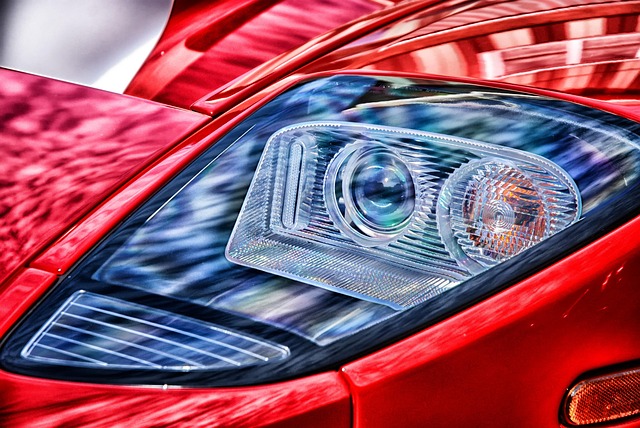
When it comes to vehicle dent fixing, there are several DIY kits available that cater to different skill levels and dent sizes. For beginners, a complete auto dent repair kit is often the best choice. These kits typically include a variety of tools, such as clamping tools, putty knives, and a special compound designed to fill and smooth out dents. The process usually involves applying heat with a hairdryer or heat gun to make the dent more pliable before using the tools to shape it back into place.
These kits often come with detailed step-by-step instructions, making them user-friendly for those new to collision repair services. Another option is a paintless dent repair (PDR) kit, which uses special techniques and tools to pop out dents without damaging the car’s paint job. While PDR can be more challenging, it’s a popular choice for minor dings and scratches, offering an effective and cost-efficient solution for car restoration.
Vehicle dent fixing can seem daunting, but with the right tools and a step-by-step approach, beginners can achieve professional results. By gathering essential tools like a dent puller, hammer, and putty knife, and selecting a suitable dent repair kit, you’re well on your way to repairing minor dents and dings. Remember, practice makes perfect, so don’t be discouraged if it takes a few tries. With patience and persistence, you’ll be able to efficiently fix vehicle dents and save money on costly body shop repairs.
